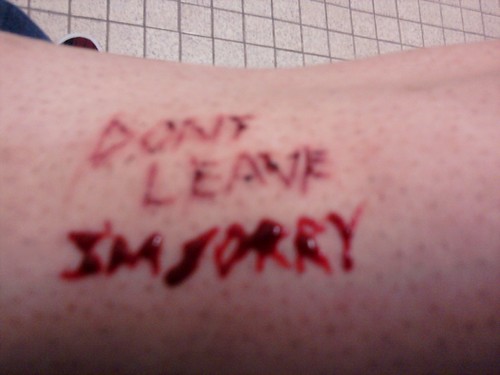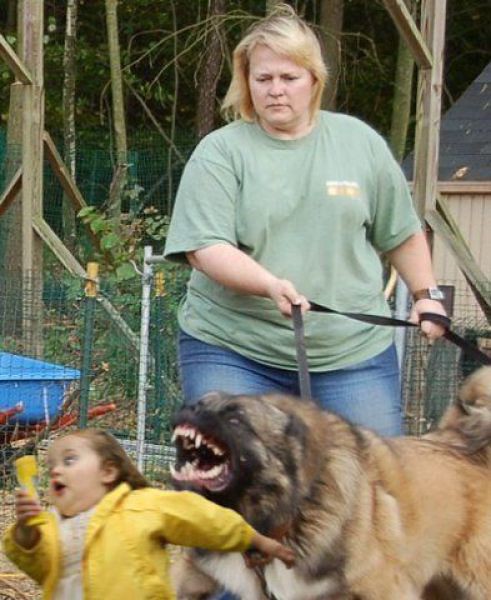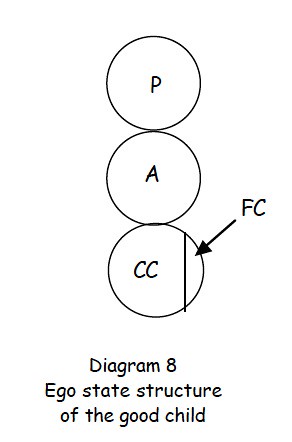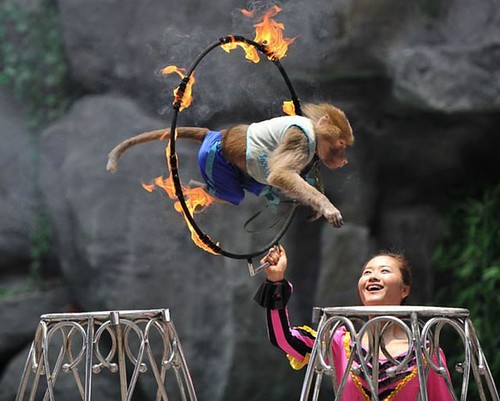Wednesday, March 20, 2013
Games children play - Happy to help
Monday, November 5, 2012
Stage fright and performance anxiety
Friday, March 2, 2012
Three causes of anxiety driven OCD

Solution deal with the feelings and then there is less need for the OCD in the first place.
2. Due to emotional abandonment and thus the development of the hurried child syndrome.
3. Parents were anxious as were the grand parents. We get modeling, possible natural temperament and the formation of the Don’t injunction. The “Don’t” message is given by scared parents. “Don’t do anything because it may lead to disaster”. The child may make the decision of “Don’t”. This person can often develop magical thinking which can result in the belief that if they do compulsive behaviors or obsessive thinking then that will some how ward off the evil and keep them safe.

The young child looks up at its parents and sees that they view the world as a dangerous and scary place and they may even be told that it is. They see their parents operate in a way that it is. They may be restricted from doing many normal things like going near steps, climbing trees, swimming in the ocean, roller skating, wandering off by itself.
Graffiti
Saturday, November 5, 2011
Self harm

It catches the emotional core of the Borderline personality. A mixture of anger and fear.
She makes an interesting distinction between ‘playing” self harm and ‘punishing’ self harm. This is playing self harm where the cuts a quite superficial but with punishment self harm the cuts are significantly deeper. And it is the bleeding that has the most psychological significance.

In my book - Working with suicidal individuals - I propose 8 possible motivations for self harming:
1. Self harming as part of gang tattooing behaviour.
2. Self harming to make self feel real which can be found in those who dissociate.
3. Self harming to make self feel something.
4. Self harming used as a means of tension relief and to release pressure build up.
5. Self harming as a physical expression of emotional pain. Self harming is seen as providing concrete evidence of the pain.
6. Self harming as a means to self nurture. It allows the person to care for self as can be found in Munchausen Syndrome.
7. Self harming as a means to punish self and an expression of self hatred.
8. Self harming as a means to manipulate others or as a cry for help.
It would seem that reason number 7 is part of the motivation to self harm. As for seeing the blood and bleeding one would need to enquire as to what it means for the self harmer. It could be a variety of things such as found in reasons # 2, 3, 4, 5 or 6.
Graffiti
Sunday, September 25, 2011
The emeshed family
graffiti
Sunday, May 30, 2010
Adult ego state strengthening - Part 2 **
As mentioned in the previous post the Adult ego state is in the here and now whereas the Parent and Child ego states are living in the past. This diagram shows how one can avoid the here and now (H&N).

One way to strengthen the Adult ego state is to practice being in the H&N. The more one gets used to it and the more one does it the more habitual it will become and thus easier to access.
First one does a H&N diary. One gets a note pad and then goes about their day to day business. One can feel bad (angry, scared, depressed, despairing, shame and so forth) because they are reacting to something in the H&N. These are healthy Free Child feelings. One can also feel bad by doing what the diagram shows. They remove self from the H&N by thinking about the future, thinking about the past or thinking about another place. These are considered neurotic feelings because they are not relevant to the H&N. They are self manufactured angst.

Now that is what you call H&N Free Child anxiety!
Every time one feels bad during the day they are to see if they are in the H&N or they have moved out of the here and now in time or place. This is then diarized such that patterns can be identified after a few days or a week of doing this.
When one realises they have moved out of the H&N they then practice moving back into the H&N and thus into their Adult ego state again. This can be done one of two ways.
1. Acknowledging Adult facts. One simply continues to do what they are doing and brings it into the conscious mind.
“I am sitting in my blue chair at work. It is 1.33pm and I had a pie for lunch. I am looking at my computer and it is asking me if I want to buy porn. My co-worker Jimbo is sitting in the next cubicle and is in the process of buying internet porn. I am writing a report on my last client who tried to sell me a years subscription to Readers Digest magazine. ....”

One simply moves into their Adult ego state and observes what is in their current environment and makes note of it in their conscious mind. Some will find this easy to do and can do it for long periods of time. Others will have considerable difficulty maintaining this and will continually slip back into a different time or place and then usually back into some feeling and out of their Adult ego state.
The more one gets used to being in Adult in this way the the more familiar and habitual it will become and thus it is strengthening the Adult ego state. Once done the person diarizes their success or failure at the task and feelings that happened. These are then reported back to the counsellor where patterns are identified.

2. Acknowledging Adult facts about their own Child ego state. In this case the person observes from their own Adult ego state their own Child ego state. For some this will be quite hard to do as it requires the person to get into their Child ego state and their Adult ego state at the same time. In the exercise above the person was only required to be in their Adult ego state and the Child ego state was being ignored.
Instructions for this can be, “Observe and diarize the current state of your body in terms of sensations, soreness, temperature, etc starting from your toes up to your head”.
Or, “Look at the feelings chart and what are you feeling now, what have you felt in the last week and in reaction to what?.

Or, “What makes you feel sad, happy, scared, sexual, angry and so forth?”
In each of these the person is required to firstly get into their Child ego state and then make Adult ego state observations of it and bring those observations into the conscious mind and diarize them. Those with a weak Adult may find this hard but the skill of being able to think (Adult) and feel (Child) at the same time is a most important one to learn and is one of the key factors of a strong Adult ego state.
One would only tend to use this exercise of acknowledging Adult facts about their own Child ego state (exercise 2) when they have shown that they can successfully acknowledge just the Adult facts (exercise 1).
Graffiti






